
Help! When Do I Harvest the Veggies in My Raised Bed?
Clarke de Mornay, of Flora Grubb Gardens, clues us in on how and when to harvest a garden’s bounty—and what to do when you have too much of a good thing.
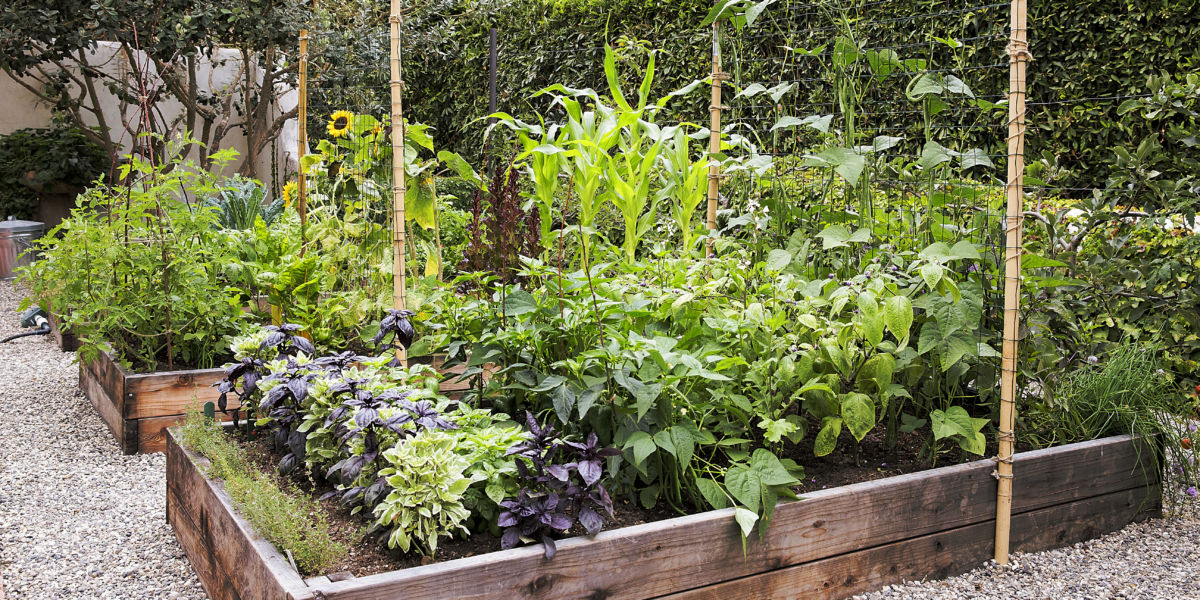
Thomas J. Story
The following is excerpted from Sunset’s newsletter, “Sunset 101: The Ultimate Guide to Raised Beds.” To find out more about Sunset’s newsletters, click here.
Clarke de Mornay is the senior sales person and buying consultant for both Flora Grubb Gardens and its wholesale division, Grubb & Nadler. That may sound like a desk job, but de Mornay has been getting his hands in the dirt since childhood. Raised in La Jolla, he spent summer vacations working a full acre of land with his brother and selling the resulting produce at a roadside stand in Fish Camp, where their father owned property. The groundwork was laid for a career in edible gardening.
Today de Mornay spends a lot of time at Grubb & Nadler’s Fallbrook location (it’s in Southern California, near Temecula), a place that with its 300-plus days of 70-degree weather, he describes simply as “pretty idyllic.”
If you don’t live in an avocado-studded agricultural paradise like the Rainbow Valley, and you only have a few raised beds, you’re not likely to have a yield that requires its own farmstand. But sooner or later, the little plants you tended are going to offer up at least a modest crop of fruits and vegetables, and you’re going to need to harvest them. When exactly, though? And how? And what do you do with all that zucchini? We spoke with de Mornay about these questions and more.
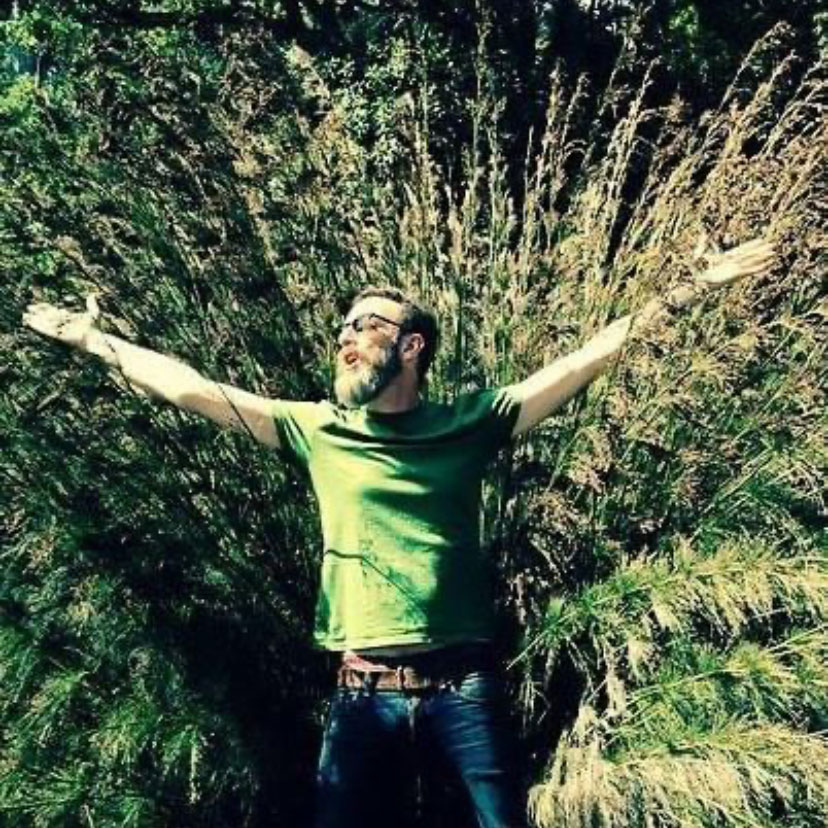
De Mornay in the fields. Of gardening he says “I’ve always been obsessed. My first love was food gardening.”
Courtesy of Clarke de Mornay
I’m originally from the Northeast and I still sort of have this idea that there’s a harvest season. That’s not really true in the West, is it?
That is not true, especially along the coast; you’re constantly harvesting. You don’t have that thing where you’re just harvesting at the end of summer. The things that work here because of the cooler temperatures right along the coast are going to be pretty quick, like, greens, lettuces, and stuff like that. And you can grow a lot of stuff through the winter, because we have such spring-like conditions year round.
I know that one thing that happens often with gardens—I’ve had it happen to me—is that all of the sudden, you have 3,000 pounds of zucchini or something like that. Because everything is ready at once.
Yeah, I think it’s interesting: what people plant a lot of and what they don’t plant enough of. If you’re going to do beans, or spinach, or basil, you need to plant a lot to make anything out of it. But if you plant more than one zucchini, you’re going to have an awful lot of zucchini.
Find a recipe where you can use a lot of something, where you could use six zucchini, and then everybody really happily eats it—that’s a really good trick.
Clarke de Mornay
Do you have tips for how to make it so that not everything is ready at once?
You’re doing cyclical plantings. With the case of something like cilantro, you just keep seeding, and the same thing with lettuce. You would make a decision whether you’re going to have whole heads, or if you are going to harvest microgreens, and then every few weeks you would be setting some seed so you have a kind of continuous crop.
Do you have tips for how you know when it’s time to harvest? Some things are obvious like tomatoes. But other things are trickier.
You want to watch for bolting, for the flower. You could still eat them [the vegetables] after they’ve done that, but some people say that the taste really changes and it will suffer, get a little bitter because it’s putting energy into something other than leaf production. So you do want to watch for that. The real key to vegetable gardening is checking in with it just for a minute or two every day. Just to see what’s going on. You know, see if something needs watering or something needs harvesting.
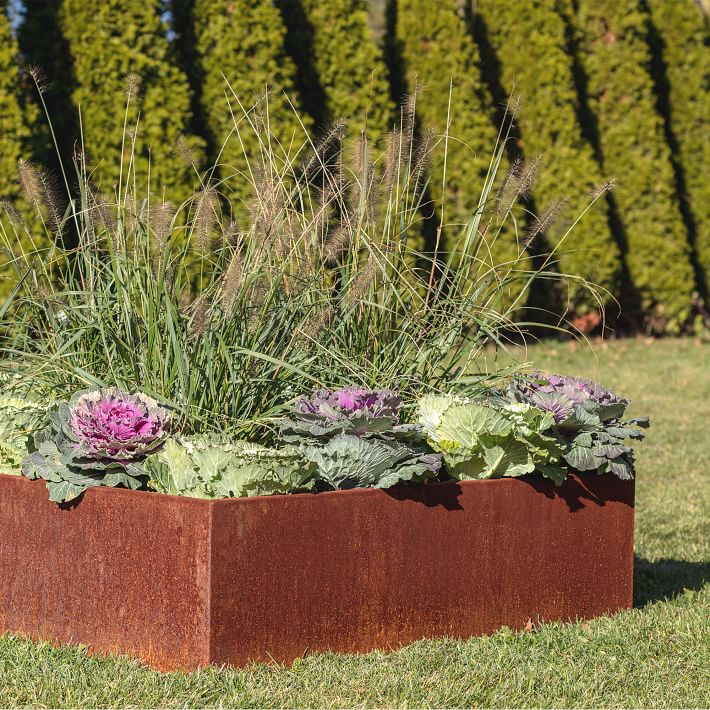
Courtesy of West Elm
I’m curious about how many things can get too ripe. I know things like fruit get mushy and will fall off eventually but what about things like root vegetables?
With tomatoes, they can get too heavy and come off of the vine but if you get them right away, if you’re checking your beds pretty frequently, you can just wipe the dirt off and eat them.
I think that the main thing with greens and stuff like that is to not let them flower. Or you’re like, “well, I’m gonna let this one flower and then it’s going to set some seed for me.”
How do you know when things you can’t even see are ripe, something like a carrot, or potatoes; things that grow in the ground?
You actually just kind of feel around. Unless you’re pulling a carrot out it’s not really disturbing it too much. Kind of feel the size of it and then pack the dirt back in. That’s the easiest way to find that out.
What if you do pick something too early? How many things can you count on ripening after you pick them?
Well, you could get a too-green tomato for sure. And then it’s just a green tomato. But if you pick it sort of in between, you can let a tomato sit and ripen. And then you know there’s the case of squashes. You don’t want them to get too big and too full of water. They can get a little mealy and weird if you leave them on too long. You just want to watch the size of the fruit. I especially feel that way with zucchini and summer squashes. You want to make them little and tight, so you have a very tender vegetable.
So bigger is not necessarily better?
No, no. It’s not all a pumpkin contest.
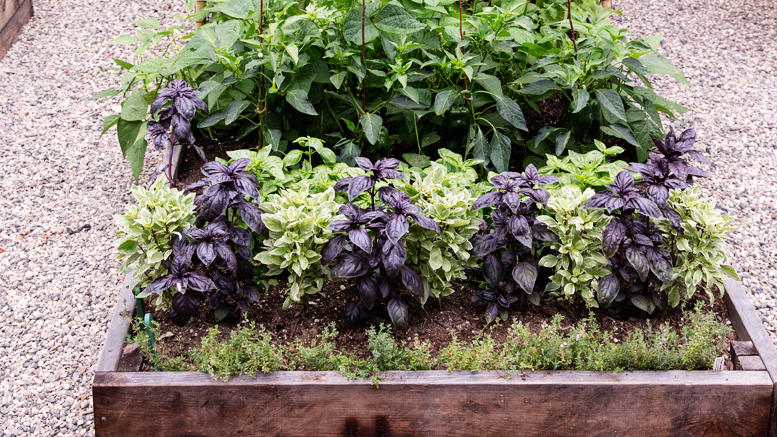
Thomas J. Story
I want to ask if you have any storage tips for when you do end up with a situation where you’ve got a lot of one thing and you’re not probably going to use it all.
It depends on what it is. I have fond memories of canning stuff with my grandmother. She lived on a dairy farm in San Joaquin Valley. There’s some things that you freeze. And then I think, when you have a really large harvest, it’s just a really good excuse to have a giant dinner party. A really salad-y dinner party. And just share the wealth.
I wanted to ask if you had a particular favorite thing to grow.
I really like to grow what I use a lot. So I love to always have some cilantro going. I am a lifelong vegetarian, and I eat a lot of Indian and Mexican food. And they both use a lot of cilantro. And then I really like lettuces, I really like micro greens. I find that really satisfying to grow, and it’s very quick.
Start simple, with something you enjoy. Radishes are really quick and satisfying. They come up really quickly from seed. But I think if you don’t like radishes, there’s no point. Do something that you’re going to pay attention to and that you’re going to want to eat.
Clarke de Mornay
Do you have a favorite gardening tool?
Obviously, a trusty spade is good. I have a pair of Japanese shears. The big-handled Japanese shears that I use a lot for cutting things. And I have a pair of Felcos—I have my original pair, which I think I’ve had since the late ‘70s, which is crazy.
Those are built to last!
They really are! They’re Swiss. The Swiss, the Germans, and the Japanese make amazing tools. I will say there is a fantastic local source, there’s a place called Hida Tool & Hardware in Berkeley that has beautiful, aesthetically beautiful and very practical tools that I love. That’s where I think my Japanese shears came from. It’s like a candy shop for me.
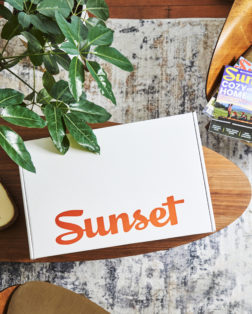
The Sunset Box
In this box:
- Cool products from all over the West (and beyond)
- Home design, garden gear, food & drink, and more
- Expertly curated by Sunset editors
- Delivered to your door 4x a year
What is your best advice for a first time gardener?
I think to start simply and just read about it. Read seed packets. You know, if you’re in a nursery, ask questions, that’s what the people who are working there are for. They’re excited to talk to you.
Obviously if you’re gardening in San Francisco, it’s very different than if you’re gardening in Fresno. The weather is going to be different and what you’re going to be able to grow is entirely different. And I think not planting things that are a struggle….beefsteak tomatoes are going to be a little bit of a disappointment [in the Bay Area]. And we can’t really grow a watermelon very well, or corn very well, because it takes up space and we have kind of cool nights throughout the year.
I do talk to people in gardening a lot about how much time they’re going to spend. And to be realistic about that. If you don’t think you’re going to peek at it every day, you may want to limit what you’re going to do. If you’re just going to water it once a week, only look at it once a week, then I think there’s a different set of things that are probably good for you.
To subscribe to “Sunset 101: The Ultimate Guide to Raised Beds,” click here.
